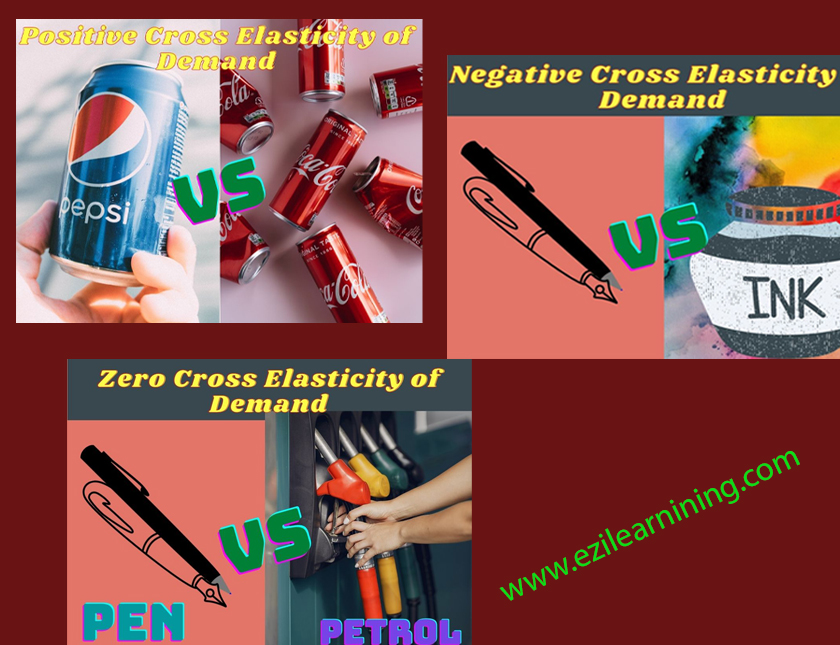Introduction
When economists have been studying the market economy, they saw that different goods react distinctively when there is a change in economic variables(price, income, etc). So economists classify goods in different categories according to how people produce and consume, their availability, and how goods interact with their price and the income of the consumers.
Each good has its own economic situation that causes it to be one type or another. Economists classify goods into various categories based on those situations to understand better how they function in the market economy. Not only economists, but we can also apply this knowledge, to make business decisions and personal decisions. This article (Different Types of goods in Economics) will discuss each type of good and explain what makes them unique from one another.
Different Types of Goods in economics
There are different types of goods found in economics which are categorized broadly;
- Based on Consumers,
- Based on Industrial, and
- Based on Government.
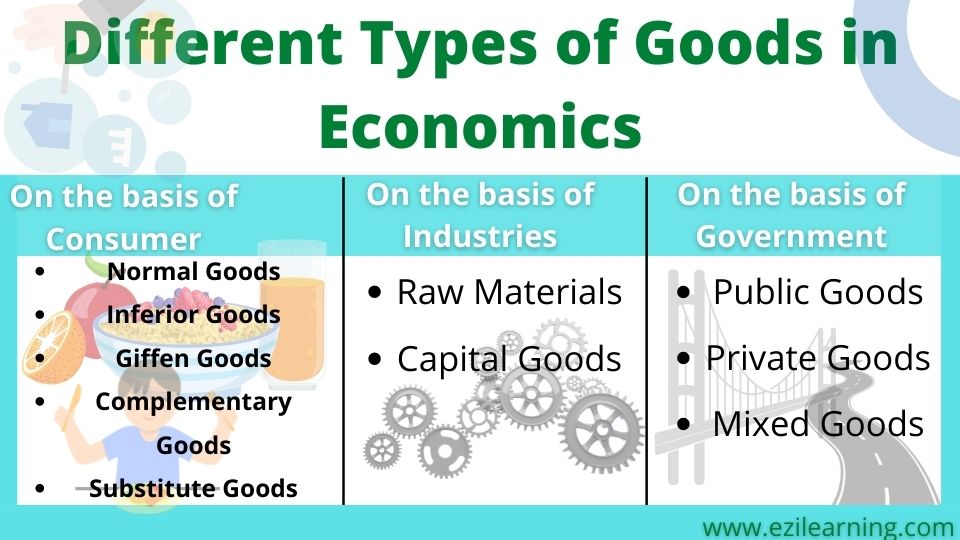
Based on Consumer (Consumer Goods)
Consumer goods are the final goods consumed directly by consumers. The main role of consumer goods is to satisfy consumers’ need and want immediately. Examples of consumer goods-Television, furniture, food, etc.
There are different types of consumer goods found in the market economy. Some of them are explained below;
Normal Goods (also known as Ordinary Goods)
From an income effect point of view, Normal Goods are the types of goods for which demand increase when the income of the consumers raises and vice-versa. These types of goods are directly proportioned to the income of the consumer. In other words, we can say that normal goods are positively correlated with income. These goods are elastic in nature. We can say that the demand curve and income curve of normal goods move in the same direction.
From the price effect point of view, Normal goods are the types of goods for which demand increase when their price decrease and vice-versa. In other words, Normal goods are the goods ones buy less when the price rise and buys more when the price falls. In other words, we can say that these types of goods are inversely proportional to the price of that goods. These goods are elastic in nature. The price and demand of these goods are negatively correlated.
Examples of normal goods- are wheat, rice, milk, clothes, car, etc
Inferior Goods
Inferior goods are the lower quality goods that are mostly consumed by lower-income groups than those who have higher incomes. Examples; noodles, pasta, wheat, etc



Inferior goods are the types of those goods for which demand decreases as income increases and vice-versa. These goods are just the opposite of normal goods. This type of goods is inversely proportional to the income of the consumers. Graphically, the demand curve of inferior goods shifts leftward when consumer income increases and rightward when consumer income decreases.
Let’s understand it with an example; suppose your income is low then you have no purchasing power to acquire high-quality goods like rice, pizza burger, etc. For survival, you buy pasta, low-quality wheat whose price is relatively low. But when your income rises, you shift(consume) high-quality goods due to an increase in your purchasing power. Thus, the inferior goods demand decreases. In other words, we can say that with the increase in the income of the consumer demand for inferior goods decline and vice-versa.
Inferior Goods VS Normal Goods
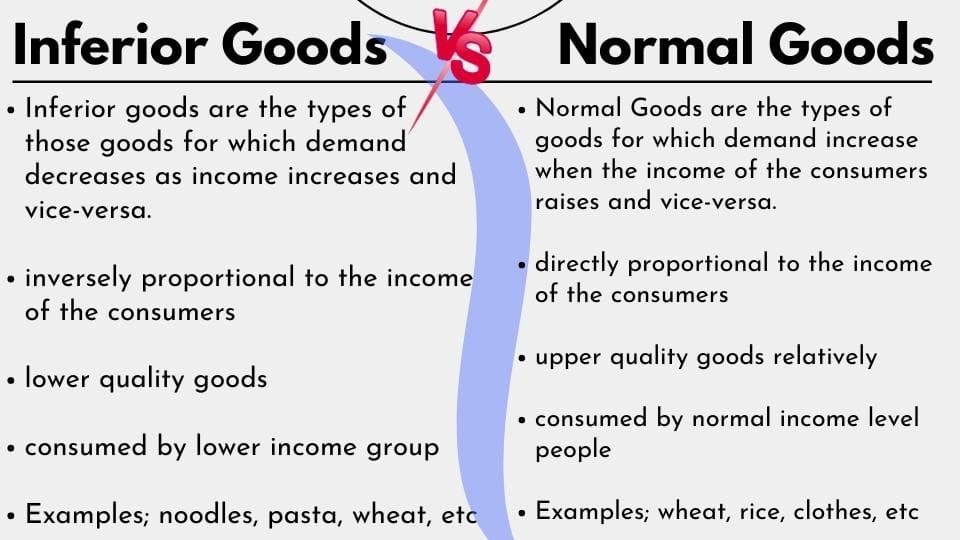
Giffen Goods
Giffen goods are highly inferior goods that have no close substitutes or alternatives. So people have no other option. They have to buy it. Goods like bajra, potatoes, bread, wheat, etc come under the categories of Giffen goods. Giffen goods have positive relationships with the price. If the price of Giffen goods increases, its demand also increases and vice-versa. Giffen goods do not follow the basic law of demand. To understand why demand increase with its price deeply, Read this article: Giffen paradox
Examples of Giffen Goods
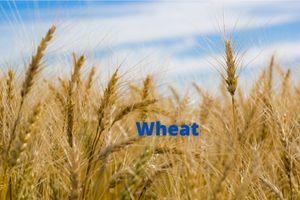
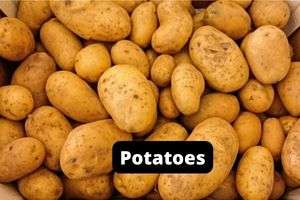
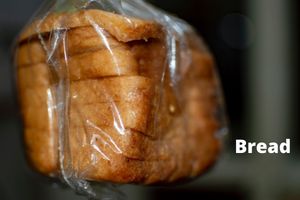
Related Goods
Related goods are those types of goods whose price effect the demand for others. It is categorized into two types- Complementary Goods and Substitute Goods.
Complementary Goods

Complementary goods are those types of goods which used jointly. For example- we use pen and ink jointly. In the case of complementary goods, the demand for one commodity increased with decreasing in the price of its related goods and vice-versa. For example- when the price of pens decreases, people buy more pens. But the pen is useless without ink. So people also purchase ink. It means that with decreasing in the price of pens, ink demand increased.
Substitute Goods
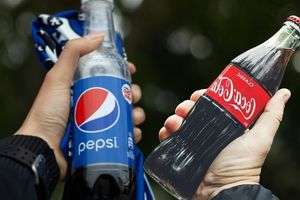
Substitute goods are those types of goods used in place of others. For example- coke and Pepsi. In the absence of coke, people drink Pepsi. In the case of substitute goods, the increase in the price of one good decreases the demand for others. Let’s discuss with an example- with an increase in the price of coke, people drink Pepsi because both products have the same level of satisfaction or nearly to it.
Based on Industries (Industries Goods)
Industries goods are those goods that are used by industries or firms for further production of their product. Industries goods are categorized into two types- Raw materials and Capital goods.
Raw materials
Raw materials are the basic material uses as an ingredient for the production of products (finished or intermediate goods). It is also known as input goods. For Example – crude oil, wood, cotton, coal, etc. These goods (raw materials) are incorporated with the final product.
Examples of Raw materials



Capital goods
Capital goods are the assets (plant, machinery, equipment, etc) that are used in the production process for manufacturing finished goods but these goods are not incorporated with the final product.
Examples of Capital Goods


Based on Government
Public Goods
Public goods are those goods that are free to use by all individuals. No one restricts from using such goods. Everyone can access it. This type of goods is controlled by the government. People don’t have to pay for it directly but indirectly government collected the fee or charge of these types of goods through taxation. On the other hand, the consumption(demand) of one doesn’t affect the consumption of others. Public goods are non-excludable and non-rivalrous in nature. For Example- national defense, infrastructure (road, bridge, etc), etc.
Examples of Public Goods



Private Goods
Private Goods are those goods that used by their real owner. The owner has full right to it. They can restrict others not to using it. These goods are also rivalrous in nature. This means the demand(consumption) of one prevents others to consume it. For example, a car is a private good. If you demand more car, this cause scarcity and prevent others to purchase a car. Other examples of Private goods– are mobile phones, computers, laptops, etc. Most of the goods that we face in day-to-day life are private goods.
Examples of Private Goods



Qusain Public Goods (Mixed Goods)
Qusain public goods are those goods that have the characteristics of both public and private goods. It is also called mixed goods. For example- zoos, clubs, etc. Zoos and clubs have the characteristic of private goods because zoos or clubs charge some entry fee. But on the other hand, the consumption of these goods doesn’t make scarcity in the market. Thus, it also has the characteristic of public goods.
Examples of Mixed Goods


Key points to remember
- Normal goods are the types of goods for which demand increase when their price decrease and vice-versa.
- Inferior goods are the types of those goods for which demand decreases as income increases and vice-versa.
- Inferior goods are the lower quality goods that are mostly consumed by lower-income groups than those who have higher incomes.
- Giffen goods are highly inferior goods that have no close substitutes or alternatives.
- Complementary goods are those types of goods which used jointly.
- Substitute goods are those types of goods used in place of others.
- Raw materials are the basic material uses as an ingredient for the production of products (finished or intermediate goods). It is also known as input goods.
- Capital goods are the assets (plant, machinery, equipment, etc) that are used in the production process for manufacturing finished goods but these goods are not incorporated with the final product.
- Public goods are those goods that are free to use by all individuals. No one restricts from using such goods. Everyone can access it.
- Private Goods are those goods that used by their real owner. The owner has full right to it. They can restrict others not to using it.
- Qusain public goods are those goods that have the characteristics of both public and private goods. It is also called mixed goods.
Frequently Asked Questions
What is meant by goods in economics?
In economics goods means, things offered in the market either for sale or to buy
What are the types of goods in economics?
Broadly, goods are categorized into 3 types in economics. They are Consumer goods, Industrial goods, and government goods. Consumer goods include- nominal, inferior, Giffen, complementary, and substitute goods. Industrial goods includes-raw materials, and capital goods. And similarly, government goods include- public, private, and Qusain public goods.
Differentiate between inferior and normal goods?
The main difference between inferior and normal goods is; In the case of normal goods, with an increase in the income of the consumers, demand increases and vice-versa. Similarly, with the increase in the income of the consumers, demand decreases and vice-versa. These both goods have opposite relations.

